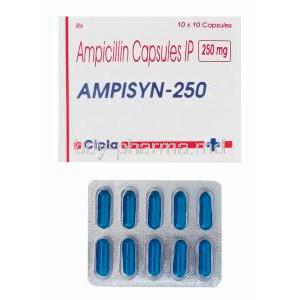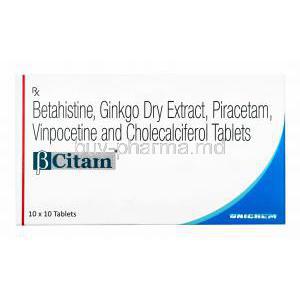Clotrin Ear Drop
- Introduction
- Uses of Clotrin Ear Drop
- Off-label Use
- How it Works
- Dosage and Administration
- Composition
- Side Effects
- Interactions
- Warnings
- Contraindications
- Careful Administration
- Important Precautions
- Administration to Elderly
- Administration to Pregnant Women and Nursing Mothers
- Administration to Children
- Over Dosage
- Handling Precautions
- Conclusion
Introduction
Clotrin Ear Drop is a developed pharmaceutical product for effectively treating different ear conditions. Its primary purpose is to combat fungal ear infections, providing relief from the symptoms of this condition. This article explains the various uses of Clotrin Ear Drop, highlighting its primary role in treating fungal ear infections and its additional benefits in managing ear pain and excessive earwax.
Uses of Clotrin Ear Drop
Treatment of Fungal Ear Infections
Fungal ear infections1, also known as otomycosis, are pretty standard. Require immediate and adequate medical care. Clotrin Ear Drop is a treatment option for this condition because it has strong antifungal properties.
The active ingredients in this formula work together to destroy the cell membranes of fungal cells, helping to reduce the infection.
- Quick Relief: One noteworthy aspect of Clotrin Ear Drop is its ability to kill fungi, quickly relieving symptoms.
- Range: This formulation is designed to combat various fungal strains, making it a versatile choice for doctors.
- Minimal Side Effects: The composition of this medication is carefully developed to minimize any reactions, which improves patient compliance.
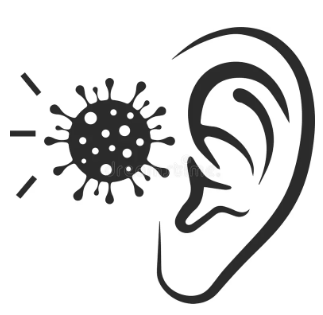
Easing Ear Pain and Discomfort
Besides treating fungal infections, Clotrin Ear Drop also effectively reduces ear discomfort and pain. The composition includes pain-relieving ingredients that help ease the nerve signals associated with pain sensation.
- Immediate Relief: You can feel the pain-relieving effects of the drops after applying them.
- Dual Function: It acts as an antifungal agent and provides symptomatic relief, offering all-around care for your ear.
Managing Excessive Earwax
Accumulation of earwax, also known as cerumen, can sometimes worsen the symptoms of ear infections. Cause separate concerns. Clotrin Ear Drop provides a benefit by helping to reduce excessive earwax buildup. This formula effectively dissolves the earwax, making removing and improving ear health easier. The drop is designed for application, with a dropper, which ensures precise usage and minimizes wastage, resulting in a better user experience.
Off-label Use
Although Clotrin Ear Drop is primarily designed to treat fungal ear infections, it has also been helpful in situations. One notable example is its effectiveness in treating ear infections called Swimmers Ear. Additionally, it can be used to manage conditions affecting the ear.
Treating Outer Ear Infections (Swimmer's Ear)
Swimmers Ear, also known as otitis externa, is a condition where Clotrin Ear Drop shows impressive effectiveness. This solution not only combats the invasion of microbes but also eases the following inflammation. The drop formulation has properties initially designed to fight fungi but can also suppress certain bacteria, making it useful for a broader range of clinical situations. Additionally, Clotrin Ear Drop contains inflammatory components that help alleviate the symptoms associated with Swimmer Ear.
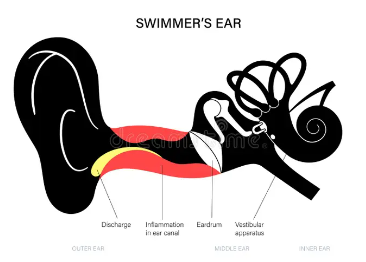
Management of Dermatological Conditions of the Ear
Apart from infections, skin conditions like seborrheic dermatitis or psoriasis can also affect the auditory canal. Clotrin Ear Drop has demonstrated the potential to ease the symptoms of these skin issues. It provides relief from itching and discomfort due to its anti-inflammatory properties. Additionally, it helps restore the health of the layer of the ear.
How it Works
Mechanism of Action
Clotrin Ear Drop3 works in ways to achieve its desired effects. The main antifungal components disrupt the creation of the cell wall, resulting in the breakdown and demise of the cells. Additionally, this formulation destabilizes the cell membrane, making it more absorbent and ultimately leading to cell death. Moreover, some aspects of Clotrin Ear Drop have properties. They inhibit cyclooxygenase, which helps reduce the production of pain-inducing prostaglandins.
Time to Onset of Effects
The effects of Clotrin Ear Drop usually start to become noticeable after applying it with a rapid onset that can be felt within minutes to a few hours.
Duration of Efficacy
The formulation's effectiveness lasts for a time, typically giving relief for 6 to 8 hours after it is applied. This extended treatment period helps manage symptoms more effectively and makes it easier for patients to follow their prescribed treatment.
Dosage and Administration
Standard Dosage for Adults
The typical dosage for adults involves putting 4 to 5 drops into the ear canal twice daily2.
- The concentration of the ingredients might require slight modifications to the standard dosage.
- The length of treatment varies based on how severe the infection is but usually lasts one to two weeks.
Standard Dosage for Children
Regarding children, doctors often suggest a dosage of 2 to 3 drops twice a day, depending on the clinician's judgment.
- The recommended dosage may also be adjusted based on the child's age and weight.
- It is essential that pediatric administration always takes place under medical supervision.
Dosage Adjustments
People with liver or kidney problems may require changes in their medication dosage. It is crucial to monitor and clinically evaluate these specific groups of individuals.
Method of Administration
The Clotrin Ear Drop is meant to be used for ear administration. The best way to use it is by tilting your head to the side, putting in the recommended number of drops, and keeping that position for a few minutes so it can absorb properly.
- To maintain sterility, it's essential to be careful and ensure the dropper tip doesn't touch any surfaces.
- Before using the bottle, gently shake it to ensure all ingredients are evenly mixed.
Composition
Having an understanding of the composition of Clotrin Ear Drop is crucial for both doctors and patients. This formulation combines inactive ingredients that each play specific roles in achieving the desired therapeutic results. Additionally, the pharmaceutical form of this medication ensures it remains stable and easy to administer.
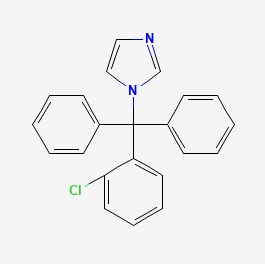
Active Ingredients
The critical components found in Clotrin Ear Drop play a role in its effectiveness as a treatment.
- Antifungal agents are responsible for eliminating pathogens
- Analgesic compounds help alleviate pain by blocking specific pathways associated with pain.
Inactive Ingredients
Although they are referred to as 'inactive,' these components play roles in stabilizing the formulation and improving its ability to be absorbed by the body.
- Preservatives are responsible for prolonging the product's shelf life
- Emulsifiers ensure that the active ingredients are evenly distributed within the liquid solution.
Pharmaceutical Form
The Clotrin Ear Drop is produced as a solution for the ear and carefully designed to make it easy to use and quickly absorbed by the affected tissues.
Side Effects
Although Clotrin Ear Drop is generally well tolerated, it does have some side effects. Awareness of these effects can help make informed medical decisions and actively manage symptoms.
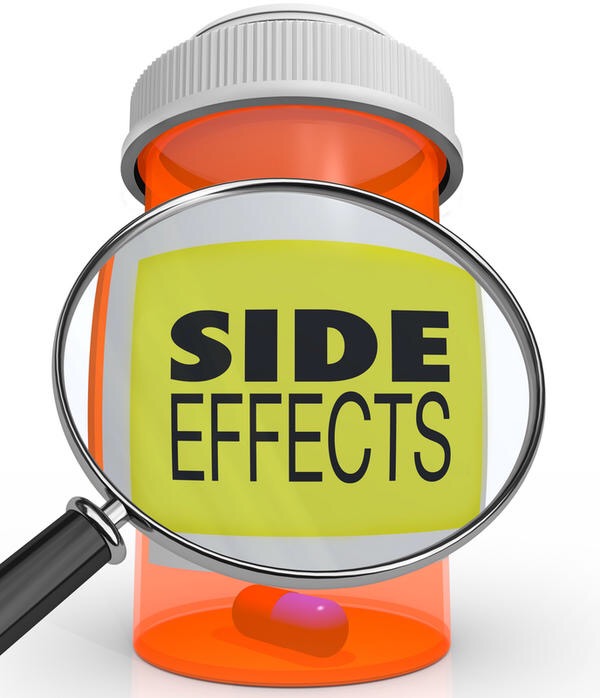
Common Side Effects
The following side effects are often experienced:
- Irritation: It is common to have irritation after applying, but it usually disappears quickly.
- Redness: You may notice a localized response, which means increased blood flow in that area.
- Itching: Another reported symptom is itching, but it is usually not severe.
Less Common Side Effects
These symptoms may occur infrequently. Are severe enough to require urgent medical attention.
- Hives, breathing difficulties, or swelling of the face or tongue can identify allergic reactions.
- While it is uncommon, there have been cases where patients experienced dizziness after using the ear drops.
Interactions
The way Clotrin Ear Drop works can be influenced by substances, which can also worsen its side effects. So, you must be aware of these interactions and how they can affect you.
With Other Medications
When certain medications are taken together with Clotrin Ear Drop, it may affect how the drug is processed or its impact on the body.
- If you are also using antibiotics simultaneously, it could enhance or reduce your ability to fight infections.
- If you are using corticosteroids alongside Clotrin Ear Drop, it might increase the inflammatory effects, but further evaluation by a healthcare professional is necessary.
With Food and Beverages
Sometimes, Clotrin Ear Drop has no significant interactions with food or drinks. However, it's advisable to limit alcohol consumption while undergoing the treatment to reduce the chances of experiencing side effects such as dizziness.
Effect on Lab Tests
As of now, there is no proof indicating that Clotrin Ear Drop has a significant impact on laboratory tests. However, it is essential for patients to inform their healthcare providers about their medication history before undergoing any evaluations.
Warnings
It is not just an idea, but it is necessary to be vigilant and pay attention to the warnings related to Clotrin Ear Drops. Although this medication is generally considered safe, it comes with a set of precautions that apply to everyone and those with specific medical conditions.
General Warnings
Before starting treatment with Clotrin Ear Drop, the general public needs to be fully informed about these considerations.
- Please note that this medication is strictly intended for use in the ears and should never be consumed or applied to any body part.
- It is crucial to maintain sterility by ensuring that the dropper tip does not come into contact with any surfaces.
Precautions for Specific Conditions
People who have pre-existing medical conditions should be extra careful.
- If you have liver or kidney problems, it's essential to consult your healthcare provider to determine the dosage.
- If you have an autoimmune disorder, your immune responses may be affected, so it's advisable to proceed cautiously.

Contraindications
In some situations, the potential drawbacks of using Clotrin Ear Drop outweigh the advantages. Awareness of these contraindications can help reduce effects and promote safer treatment options.
Absolute Contraindications
These are instances where the medication must not be used in any situation.
- If someone has known allergies or is hypersensitive to ingredients, they should avoid taking this medication.
- It is also prohibited for individuals with a perforated membrane, which means a ruptured eardrum.
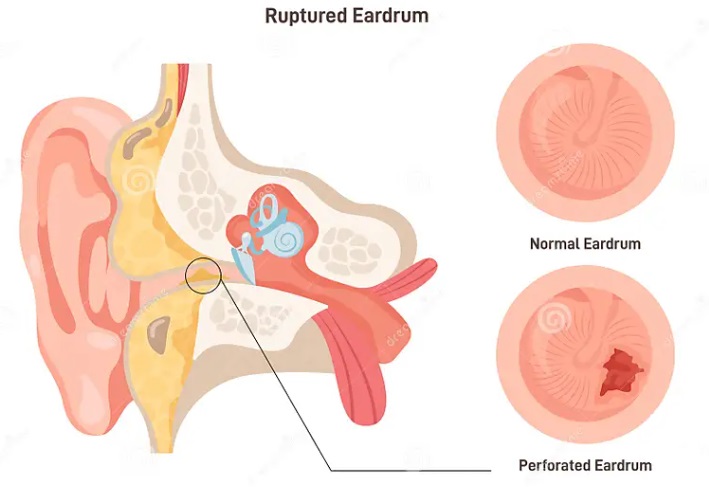
Relative Contraindications
In these situations, using the medication carefully and preferably with close medical supervision is essential.
- If you take antibiotics simultaneously, your doctor may need to adjust your dosage.
- While it's not entirely prohibited, seeking advice before using this medication during pregnancy and breastfeeding is advisable.
Careful Administration
Proper and careful management of Clotrin Ear Drop is crucial for achieving the desired treatment results. This includes monitoring specific parameters and strictly following the prescribed treatment plan.
Monitoring Parameters
Continuous monitoring of indicators can proactively detect any deviations from anticipated reactions.
- It is essential to assess the progress in relieving symptoms.
- For individuals, with liver or kidney concerns, it may be advisable to undergo tests to evaluate their function.
Importance of Following the Treatment Plan
Following the treatment plan to achieve positive results and prevent the emergence of resistant strains is crucial. Skipping doses or stopping therapy prematurely can negatively impact health outcomes and public health efforts.
Important Precautions
To ensure the safe use of Clotrin Ear Drop, specific precautionary measures must be followed. Neglecting these guidelines may result in treatment or even harm. Approaching the dosage specifications with care and attention to detail is crucial.
Avoiding Overdosage
The critical aspect to consider in pharmacotherapy is that taking medication does not always mean better results.
- To ensure safety and effectiveness, following the prescribed dosage schedule and avoiding any potential complications from taking too much is essential.
- You may experience disturbances or other systemic effects if you exceed the recommended dosage. In some cases, it is crucial to seek immediate medical attention.
Steps in Case of Missed Dose
It is important to note that missing a dose can disrupt the balance needed for therapy.
- If you happen to skip a dose, taking it as soon as possible is best.
- It is crucial not to try compensating for the missed dose by taking double the amount in the quantity under any circumstances.
Administration to Elderly
The older population often requires a detailed approach when giving medications because of various physical changes that occur with age. Clotrin Ear Drop is no different. It must be handled with this understanding in mind.
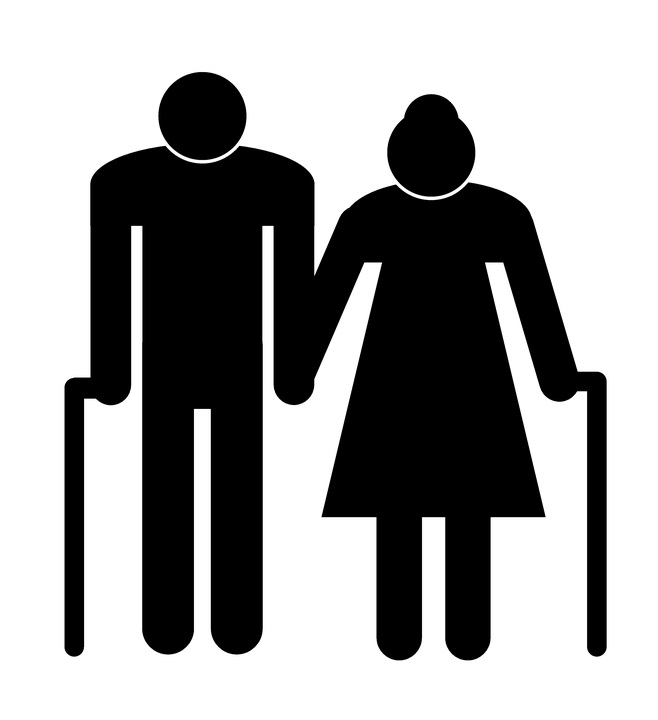
Special Considerations
In caring for individuals, it is essential to consider certain unique factors.
- One such factor is the functioning of the kidneys. Since the ability to eliminate waste through the kidneys may be impaired, it becomes necessary to adjust medication dosages.
- Older adults often exhibit increased sensitivity to medications, so extra caution must be exercised to monitor for side effects.
Dosage Adjustments
Adjustments to the dosage may be necessary for elderly patients.
- Lowering the dosage slightly can often help prevent side effects while maintaining effectiveness.
- Healthcare professionals must monitor and supervise the dosage optimization process closely.
Administration to Pregnant Women and Nursing Mothers
When it comes to using Clotrin Ear Drop, both the person prescribing it and the individual using it have added responsibilities due to its impact on fetal health1.
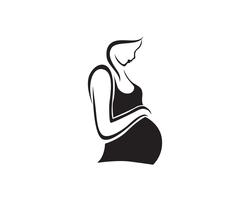
Safety Profile
It is crucial to assess the safety profile.
- Regarding the risk category, Clotrin Ear Drop is currently considered to have a risk profile, but it is recommended that each case be evaluated individually.
- It is advisable to consult with an obstetrician or pediatrician before starting the treatment.
Precautions and Recommendations
It is necessary to reduce the possibility of adverse effects on the mother and the baby.
- To minimize the amount of medication absorbed by the body, it is recommended to use the effective dose.
- It is generally preferred to use medication for a period instead of for a long duration to avoid any possible complications.
Administration to Children
When dealing with children, it's essential to consider that their pharmacokinetic dynamics and metabolic rates significantly differ from those of adults. That's why prescribing medication to children requires evaluating and adjusting dosage guidelines.

Age-specific Dosages
Determining the amount of medication for children based on age is essential to ensure effective and safe treatment.
- Calculating dosages considering factors like weight, age, or body surface area is a practice. While there are resources and research articles offering dosage recommendations for different age groups, it's essential to confirm the suitability of a certified healthcare professional.
- Be aware of any contraindications or possible interactions with other drugs. Evaluate the child's overall health condition and medical background before giving them any medication.
Precautions and Monitoring
When giving medications to children, some precautions need to be taken. It's important to conduct tests and consistently monitor vital signs and organ function throughout treatment.
There are two areas of concern:
- Gastrointestinal issues: These symptoms can often be reduced by administering the medication with food or antacids.
- Effects: It is recommended to watch for changes in cognition or behavior, especially when using medications that can cross the blood-brain barrier.
Over Dosage
Sometimes, a tragic but occasionally inevitable situation arises where someone unintentionally takes much of a substance. In some cases, acting swiftly and implementing a comprehensive recovery plan is crucial.
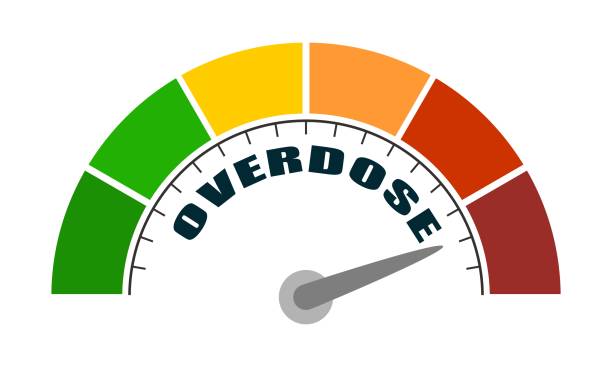
Symptoms of Overdose
Symptoms of an overdose can vary widely depending on the drug, the amount taken, and an individual's metabolic ability. Common manifestations may include
- Changes in state
- Seizures
- Stomach discomfort or vomiting
- Instability in blood flow
Immediate Actions to Take
If you suspect an overdose, time becomes crucial. Here are some immediate actions to take:
- Call Emergency Medical Services away
- If possible, monitor the person's heart activity
- If appropriate and accessible, give antidotes.
- Manage the airway and provide breathing assistance in severe overdose cases.
Handling Precautions
Managing medication is essential to ensure its effectiveness and prevent unintended health risks. It is important to follow precautions when handling medicines.
Storage Conditions
The effectiveness and lifespan of a medication greatly depend on how it's stored. Every pharmaceutical product has storage instructions that must be followed diligently:
- Temperature: It is often necessary to keep them in a dry place.
- Light. Sensitivity: Certain medications need to be protected from exposure to sunlight.
- Humidity: Moisture-sensitive medications should be stored in sealed containers.
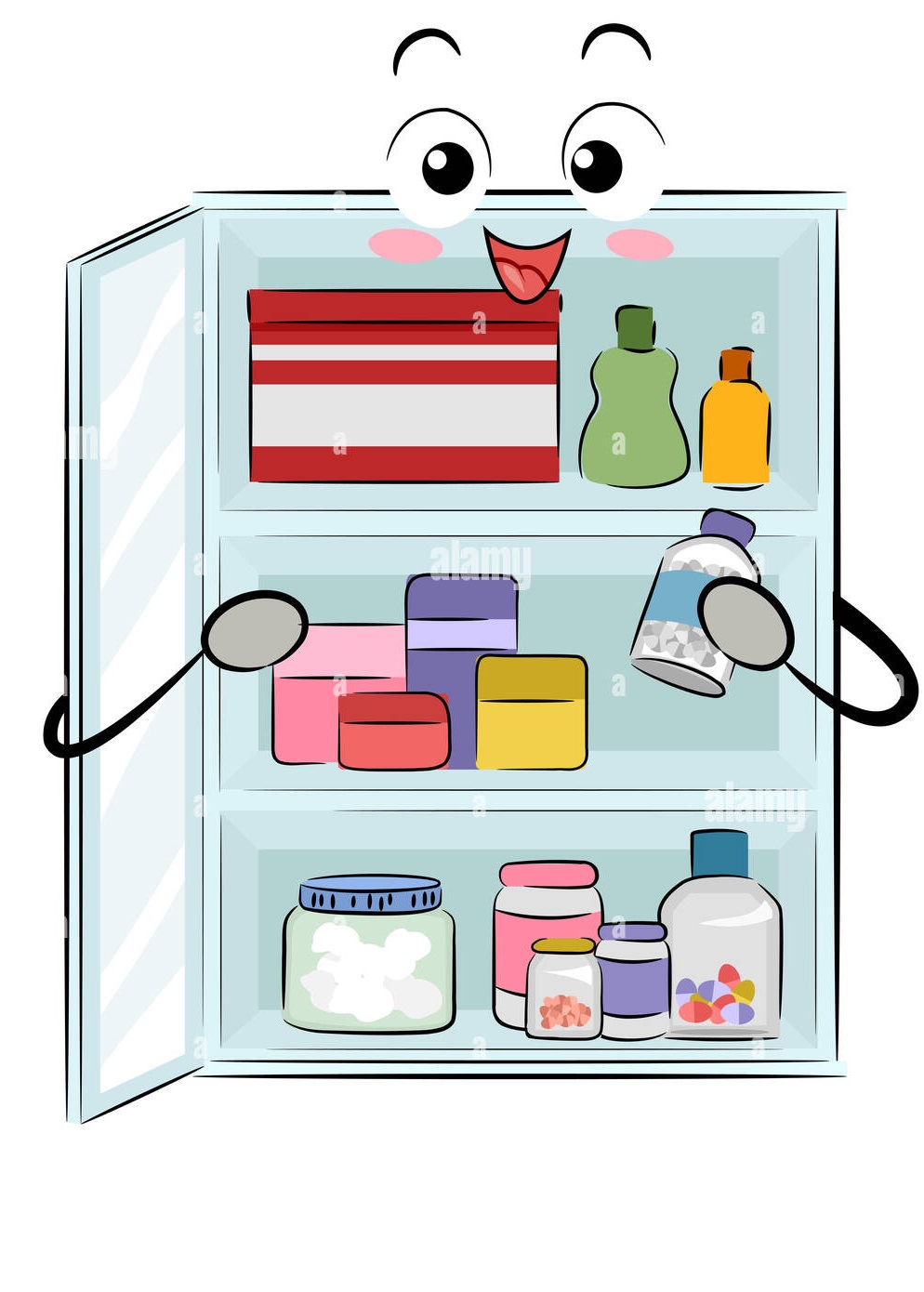
Shelf Life
The shelf life of a drug refers to the time it remains effective and safe for use. Using medications after they have expired can reduce their effectiveness. Potentially cause health issues.
Disposal Guidelines
When getting rid of medications, following the rules set by the government and your local area is essential. It's generally not recommended to flush medications down the toilet or throw them in household waste because of their potential environmental impact.
Instead, there are approved methods you can use, such as:
- Participating in medication take-back programs
- Using containers that are resistant to punctures for sharps.
- Mixing the medications with something before sealing them in a plastic bag for disposal.
Conclusion
Summary of Key Points
Giving medications to children necessitates a thorough knowledge of dosages specific to different age groups, precautions to be taken, and protocols for monitoring. In cases of overdosage, taking action and closely monitoring the situation is crucial. Lastly, it is essential to handle medications by storing them properly, assessing their shelf life, and disposing of them appropriately to ensure their effectiveness and minimize potential health risks.
Recommendations for Effective Use
To ensure the effective use of medications, it is essential to:
- Seek advice from healthcare professionals regarding the dosages and any restrictions based on age.
- Stay vigilant in monitoring for any side effects or complications that may arise during treatment.
- Follow the recommended handling precautions as specified in the guidelines or packaging.
- If there is a suspicion of an overdose, immediate medical attention should be sought.
By following these guidelines and recommendations, we can minimize risks and maximize the beneficial effects of medications.














